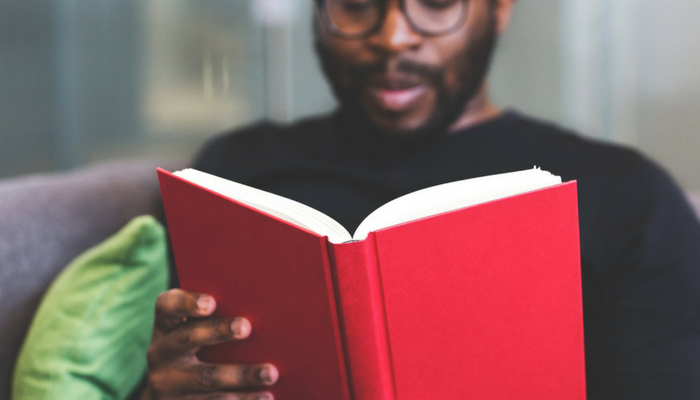It can be tough to find time to meditate when you’re busy. Between work, family, and other obligations, it’s hard to carve out even a few minutes for yourself. But fit meditation is an incredibly valuable practice, and it’s worth finding a way to make it work for you. In this blog post, we’ll give you tips for fitting meditation into your busy schedule. We’ll also discuss how to meditate when you’re on the go and don’t have any time to spare!
If you’re interested in fit meditation but don’t know where to start, there are plenty of resources available. You can find fit meditation classes at many yoga studios, community centers, and even some gyms. Several apps like Headspace or Exhale offer guided meditation, and many of them are free. Once you’ve found a method that works for you, it’s time to start fitting meditation into your schedule.
Here are a few tips for making fit meditation work with your schedule:
Set aside a specific time each day for meditation.
It doesn’t have to be first thing in the morning or right before bedtime; pick a time that will work for you and stick to it as best you can. If you find yourself missing a day here and there, don’t worry. Get back on track as soon as possible to increase the likelihood of making meditation a part of your new routine.
Start small.
If you’re new to fit meditation, you may not be able to sit for an hour at first or even 10 minutes, for that matter. That’s perfectly normal! The best part about meditation is that there’s no set or required time on how long you need to meditate. Start with just a few minutes each day, and gradually increase the length of your meditation as you become more comfortable with it.
Make use of fit meditation tools.
Guided meditation apps can be extremely helpful when you’re short on time. And if you find yourself struggling to focus, consider using a mala bead bracelet or necklace to help keep your mind from wandering. There are a variety of free mediations you can use from YouTube that will have you stay focused and on schedule.
Use your commute wisely.
If you have a long commute, try using that time for fit meditation instead of listening to music or browsing social media. You can also meditate while you’re taking a walk or doing chores around the house.
Keep a meditation journal.
Jotting down your thoughts before and after the meditation can help you track your progress and stay motivated. And if you ever have a particularly powerful or insightful meditation experience, write it down! You’ll be surprised at the clarity and insight you can gain from regular mediation sessions.
Hopefully, these tips will help you fit meditation into your busy schedule. Remember, even just a few minutes of meditation each day can make a big difference in your overall well-being. So find what works for you and stick with it.
Do you have any other tips for fitting meditation into a hectic schedule? Share them with us in the comments below! And if you’re looking for more fit meditation resources, be sure to check out our other blog posts on the subject. Thanks for reading 🙂
Keetria is an entrepreneur, wellness advocate, and brand strategy coach for creatives & entrepreneurs with 16 years of public relations expertise working with some of the world’s leading brands, startups, media personalities, and entertainers. If you would like to work together, don’t hesitate to reach out!

















